Inside the new, top-secret Scotty Cameron studio that fixed our putting
Published:
Titleist and Scotty Cameron have created an incredible new facility in the UK for their putters, exclusively for the benefit of elite-level golfers across Europe.
Turning up at Titleist’s secret Scotty Cameron UK site is something like arriving at the entrance to a hidden Q-Branch facility, nestled in a modest corner of the English countryside with a muted, unassuming building housing one of the most impressive putting studios in Europe.
A wooden gate, operated remotely by the staff inside and only opened for appointments, is all that stops you from driving straight up to the converted farmyard barn, but unless you know what’s there, you’d never think to try.
Had I been driving an Aston Martin, I might feel like I’d been cast as the next James Bond, but, alas, I am in a golf cart. Admittedly, it is a nice golf cart, with cool black Titleist styling, but it brings my focus back to the reason we’re here instead of thinking about how Sean Connery might pronounce the name of the putter brand (Sch-cotty Cam’run..?).
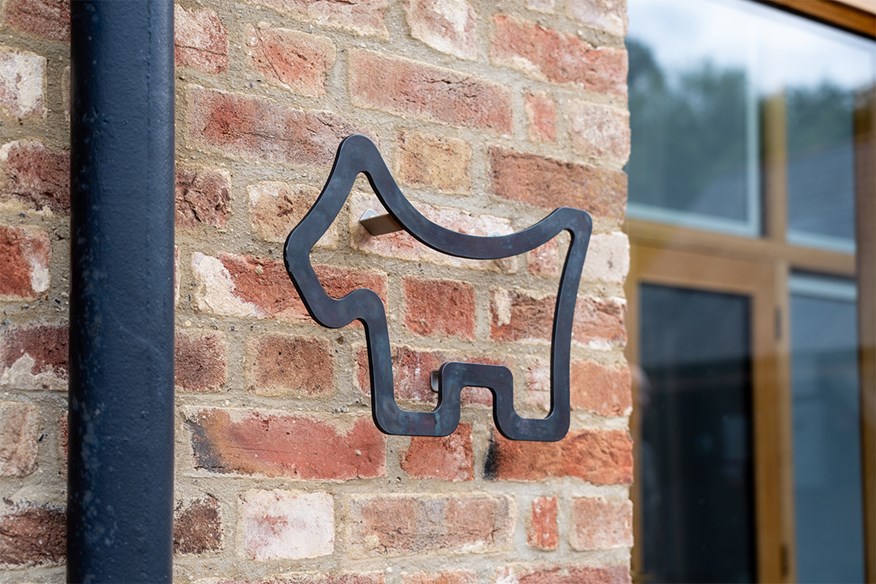
Studio Style: The Old-School
2025 will likely be remembered as one of Titleist’s most impressive years. The technological changes made are balancing a line between genuinely helping the technical aspects of the short game, with roll and consistency taking a high priority, as well as improving the expected feel that is demanded of an ultra-premium line of putters.
The new line also represents an acknowledgement on Cameron’s part on how the appeal of past models has put them in the dominating position they’ve achieved today, hence the use of the ‘Studio Style’ branding for the 20th anniversary of the original release, as well as being a step forward in performance.
The Studio Style is held up as one of the greatest putter lines ever made in the flatstick market, not just within Scotty’s back catalogue. The first edition specifically utilised a 303 Stainless Steel body with a finely milled GSS inlay (German Stainless Steel, a softer variation of the metal) that was fixed into an even softer polymer back. The result was an incredibly consistent feel that gave users, at the time, a near-unprecedented feedback that became highly sought after for years to come; these putters still regularly sell for hundreds of pounds/dollars in good condition, regardless of what’s come since.
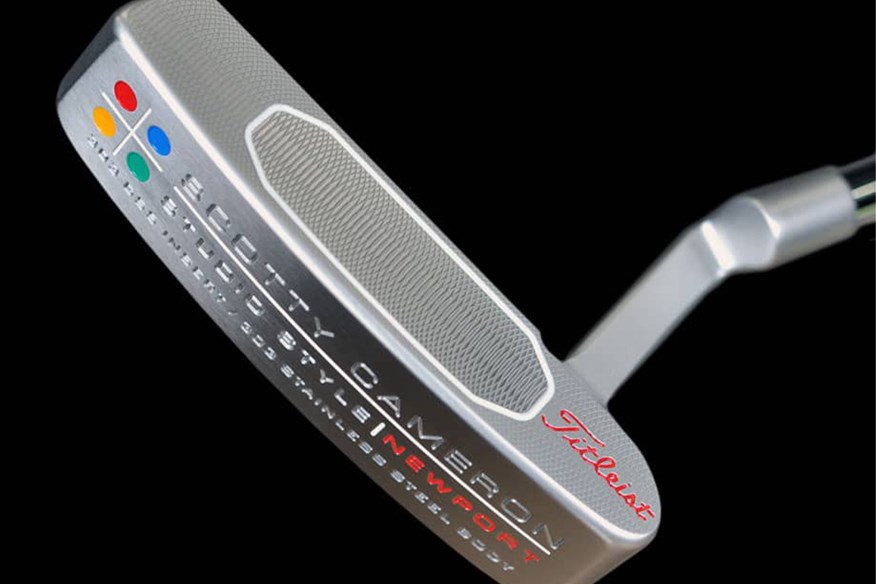
Studio Style: The New-School
Comparing the revamped Studio Style to that original line, you can see the inspiration, despite the ‘ground up’ redesign of some of the stalwart models, like the Newport, as well as the introduction of new additions to the family.
Most obviously is the new SCS insert with its idiosyncratic milling pattern. 1215 Studio Carbon Steel, to give the material its full name, was selected by the team at Scotty Cameron after rigorous testing due to its combination of dampening capacity, milling pliability, and high modulus compliance (the ability of the steel to resist deformation while under pressure), meaning the tolerances can be tighter than ever before.
The defining feature is the Chain-link Technology cut into the face, a milled finish that stands apart from anything else on the market. The purpose of this unique design is more than just ornamentation, though.
If you’re not familiar with face milling on putters, it’s primarily used to tune the response you receive at impact. Think of the tread on a car’s tyres: deeper grooves allow for more water and debris to fill the gap, allowing for better contact between the tyre’s surface and the ground.
Milled putters work in the same way, but with vibrations instead of moisture. The deeper the pattern, the quieter and softer the feedback will be, with lighter milling being firmer and higher-pitched.
While Cameron has been using milling patterns to impact feel for years now, the input from Titleist’s Senior Director of Putter R&D (and a man with the perfect last name for a putter designer), Austie Rollinson, has helped them further leverage the technology for improved roll as well as contributing a higher quality polymer behind the face to dampen vibration even further.
You may already be familiar with Scotty Cameron putter feel; there might even be one in your own golf bag, but the latest generation stands out, even among the forest of quality that is Scotty’s history.
It’s that beautiful feeling that I’m experiencing now, as I stand within the interior of The Barn under the guiding hands of putting expert and tour-level fitter, Henry Byrne, who’s only just beginning my education in not only their putters, but Titleist’s commitment to the greatest standards in golf.
A modern refinement of the Scotty Cameron classic
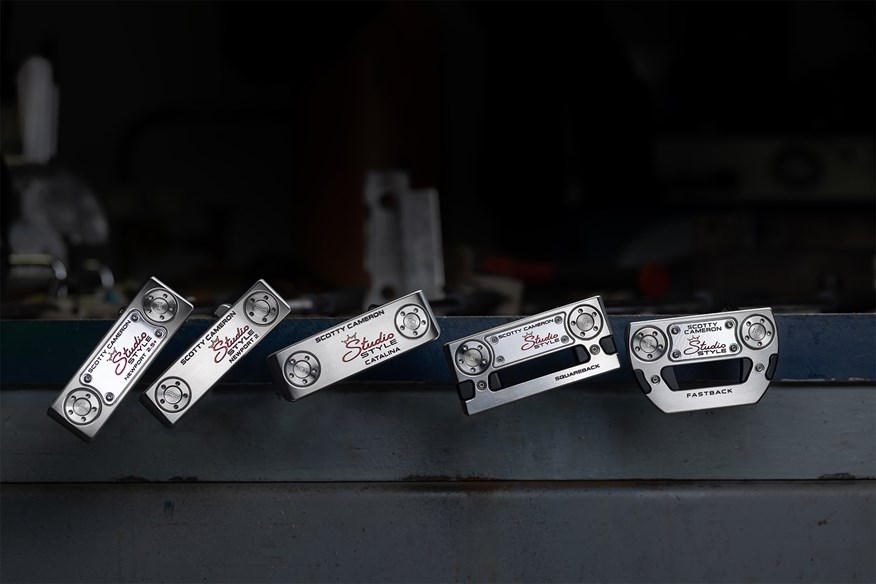

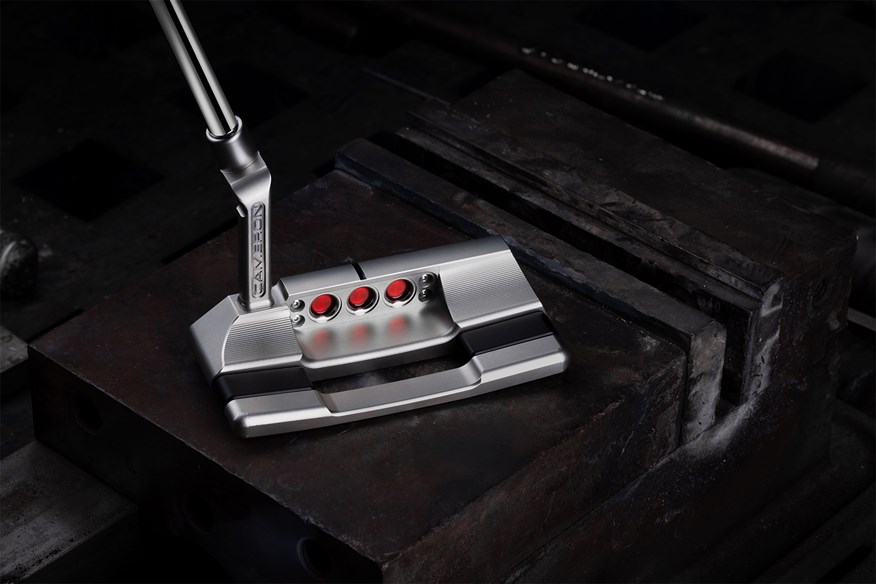


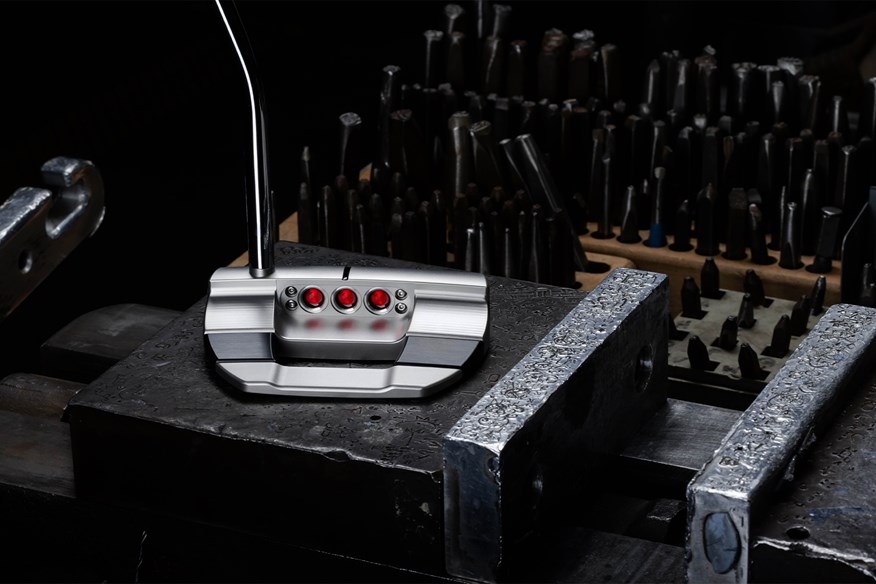
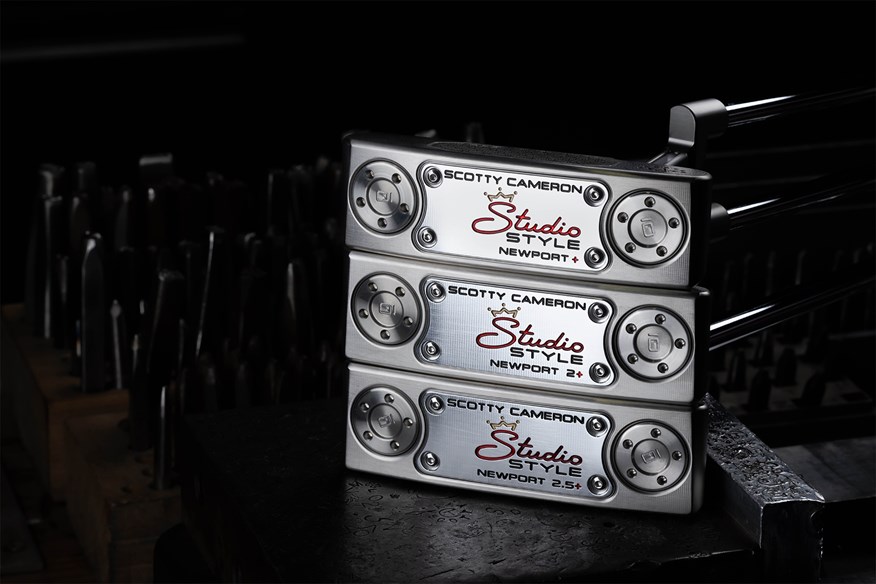
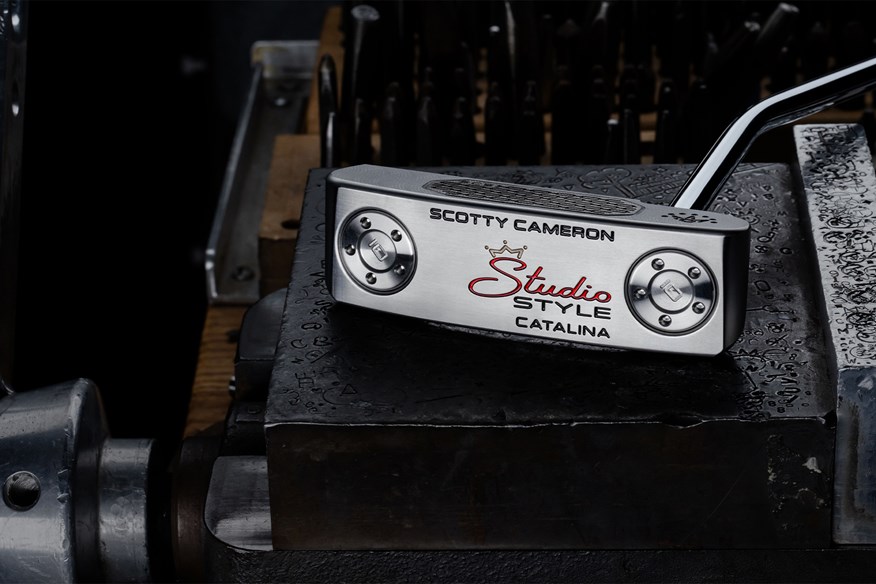
- New Studio Carbon Steel (SCS) Face for unmistakably soft feel
- Chain-Link Face Milling Technology for improved roll and sound characteristics
- I-Beam Plumbing Neck for repositioned weight and Center of Gravity
- Full Contact Slim Grip designed to complement the putting stroke
- Multi-Material Mallet Construction uses 6061 Aluminum and 303 Stainless Steel
The (In)Side of a Barn Door
Back in our Titleist-branded cart, we’ve driven the 300 yards up to the main building of The Barn and swung round on the gravel driveway to face the exit.
The parking is big enough for three, maybe four, cars, which tells you everything you need to know about how many players, let alone consumers, are being allowed here. This place was custom-designed for the exclusive use of Tour professionals and VIP partners for one-on-one, undisturbed sessions.
Titleist have three studios like this around the world, with locations that include the US West Coast, South Korea, and Japan already. The company spotted a gap in what they offered for European players who couldn’t easily travel to the other side of the world, so began making plans for something closer to home. The result is where we are now.
As we hop out and walk towards the entrance, the only giveaway of what lies beyond is a small iron casting of a scotty dog hung from the brick exterior. It’s an iconic symbol of the Cameron brand, and the touch is emblematic of Titleist’s attention to the small details that have been built into this facility.
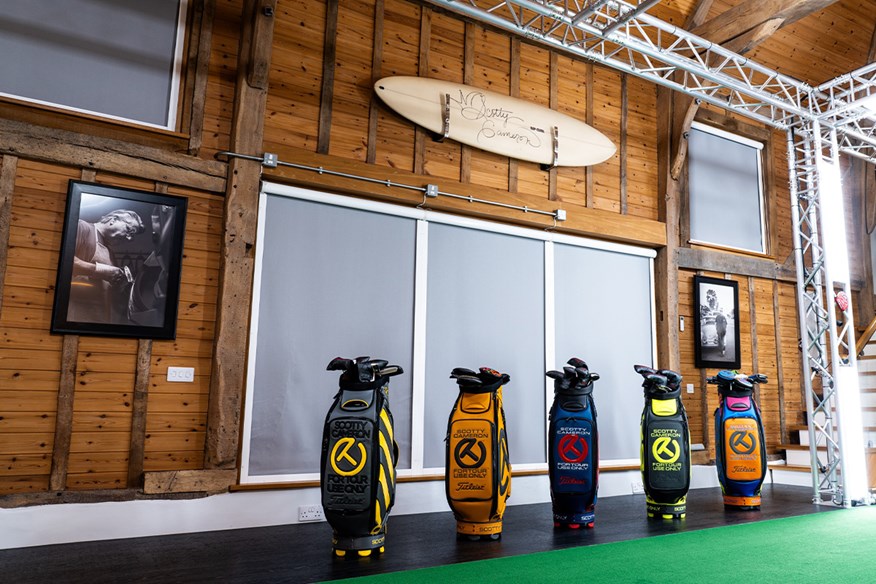
Greeting you as you pass through the door is a putter fan’s dream.
A raised artificial green runs nearly the full length of the barn, straddled down the far side by a collection of some of the wildest Staff Bags you’ll ever see, all Scotty Cameron-branded, of course, and behind them, a panoramic window that shows off that gentle countryside.
At the end of the carpeted turf are two boards, roughly 3 x 8 feet wide and standing side by side. One of these is a replica of a board back at the Carlsbad HQ, that features the signatures and thanks of some of the most impressive players in world golf, some you’d expect with Titleist’s list of ambassadors, and some you definitely wouldn’t!
On the other board are fewer squiggles, but it’s a slowly building list of similar gratitudes, most often dedicated to the man who stands at the other end of the putting surface.
This features a four-way camera and computer system, a rack of the latest Studio Style putters, and a Mr Henry Byrne, framed by a further collection of Scotty Cameron memorabilia.
Henry is Titleist’s DP World Tour putting technician and specialist in all things Scotty. It’s his responsibility to make sure everyone who comes to the European team is cared for and assisted in their games, whether that’s through a fitting for a new model, a check-up on their current gamer, or advice on where they could improve in their delivery.
As a result, Henry has worked with, guided, and learnt from some of the best golfers to play the game, so I’m keen to take a deep dive into not only what he knows about the blades and mallets that dot the studio, but his wider knowledge of the most delicate part of golf, and how we all could benefit from his advice.
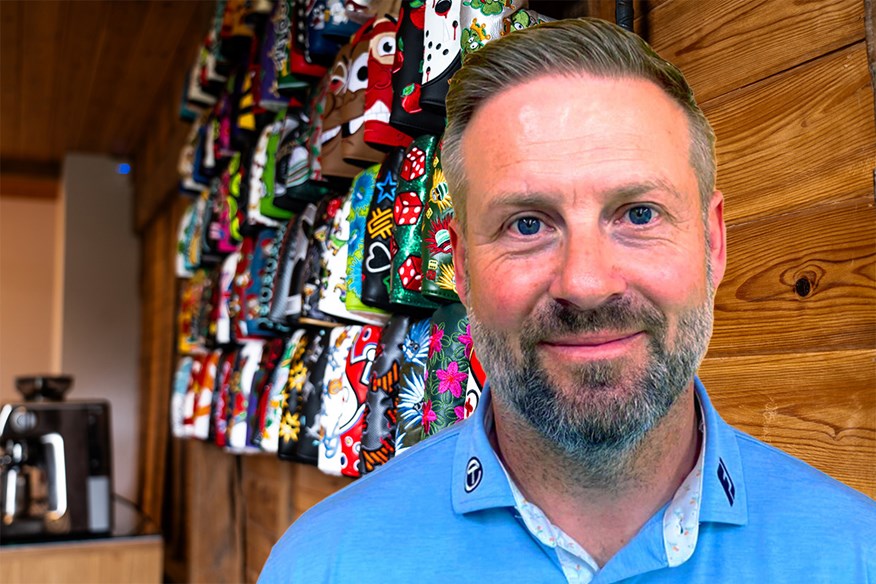
Delivery is Key
To make sure we could fully utilise Henry, I’ve been joined by our resident Equipment Editor, Alex Lodge. Alex won’t mind telling you that, despite his proficient length and low handicap, he’s suffered from inconsistency on the greens over the last few years.
Alex has tried all manner of styles and levels of forgiveness in his shortest club, without seeing great impact in his performance, so he’s the perfect guinea pig to see how good the Scotty Cameron expert is.
Currently in a LAB Golf Oz that maximises the putter head’s resistance to twisting, or MOI – Moment of Inertia – it’s one of the new breed of ‘zero torque’ putters with the funky, oversized heads and, on paper, should be more stable for any golfer. Discussing this with Henry brings up an interesting point, and likely points to why Scotty has yet to bring a zero-torque putter to the market yet.
The work of Dr Sasho Mackenzie, a highly regarded sports bio-mechanicist, has shown that high MOI putters only start to make a difference when the golfer misses roughly 1.2 centimetres, or more, from the centre of the face. With tour professionals, if they do miss, it’s normally by a golf ball’s dimple or two.
But tour pros and amateurs alike are just as easy to influence as one another, whether a design is right for them or not.
“It blows my mind how much players influence players,” says Henry. “Earlier in the year we saw a former Masters champion win on tour again with a Center-Shafted putter, and off the back of that we’ve had numerous requests from other players, with the thought being ‘oh it must give more stability.’”
It’s another reason that Titleist have been so keen on developing this space; to remove the golfer from the sphere of influence that might be causing them more harm than good and let them focus on their own game, alongside fitter, caddie, and coach.
As Today’s Golfer’s Gear Editor, though, Alex has no choice but to be open to new designs when testing. It’s a challenge that has left him unsure of what’s now causing his difficulties on the green, much to his frustration.
Luckily, Henry and The Barn’s wealth of technology are able to quickly spot what the issue is.
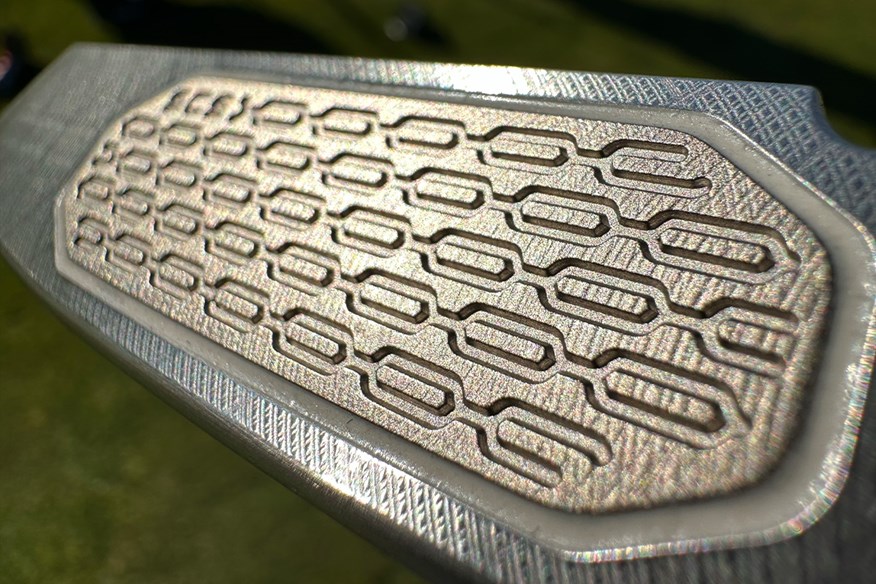
“The initial ball roll is key for us: how does it move into launch and launch direction?”
The studio’s suite of sensors and video recordings are on a screen behind Henry as he talks to us, having recorded a number of Alex’s strokes. On display, we have highlighted information on the player, the putter, and even hidden force plates that measure how the golfer balances themselves during a putt.
All of these measurements have an influence on how you’re going to deliver the clubhead back to the ball, and are incredibly useful tools in rapid diagnosis of any concerns the team or player has.
For today’s session, however, Henry is focusing on the slow-motion camera to show us what’s currently happening for Alex at impact. I should add that our kit editor is being very brave to do this, as I, and several members of Titleist Europe’s management team, stand behind the pair of them, judging Alex’s motion.
“You’ve hit a series of good putts there, just with the occasional pull,” Henry explains, “Looking at your setup, we’re trying to get you to match the centre of the face with the equator of the ball: it’s a big key to a lot of what we do in here.
“From address, you’re slightly aligned towards the toe, but if you look at what happens here…”
At this point, Henry is moving frame by frame through Alex’s stroke, and as we reach the peak of the backswing, a noise not too dissimilar from that of an inconvenienced buffalo emanates from the observing group.
It’s a mixture of both sympathy and disgust, as the putter starts to push outside the line it came back on and is returned to impact with the ball firmly out of the heel. Alongside this, in what Henry describes as an attempt to self-correct and compensate for the push, the face of Alex’s club starts to rotate and shut so that the head is now pointing to the left of target.
“It’s like I’m hitting a baby-draw!” exclaims TG’s equipment editor, and he’s not wrong – there’s few who’d be upset with that as a full swing. When we’re looking at hitting a less-than-4-inch hole, however, and not an 18-yard green, those fractions of degrees make all the difference.
This is a problem we’re obviously keen to solve for Alex, and if you’re still wondering why Henry Byrne is known as a Scotty Cameron putting guru, this is where he’s about to earn his money.
The Byrne Identity
“The positives are that your address position isn’t bad, your eye line is good, sitting over the neck of the putter, which allows you to make that arc, or turn, around your body correctly.
“But where a lot of this [delivery] is coming from is you trying to re-centre the ball for impact and over-correcting, hence it strikes the heel. We’re in the right ballpark by having a weight-back, high-MOI putter, but I’d like to try a different neck and alignment for you.”
As he says this, Henry is already moving back towards the range of putters on the back wall, looking for what his keen eye thinks will work best. He pulls out the new Squareback 2, a mid-mallet plumber’s neck model, in what Cameron call their Long Design series; it’s a counter-balanced, 38-inch, heavy-headed variation of the standard Studio Style model, built to encourage quieter hands without the feeling of the additional weight.
Alex sets up once again with the new putter to put Henry’s choice to the test, but while he collects together a sample size for further analysis, I take the chance to examine the rest of The Barn’s offerings with Ben Welch, Titleist’s Golf Club Category Manager.
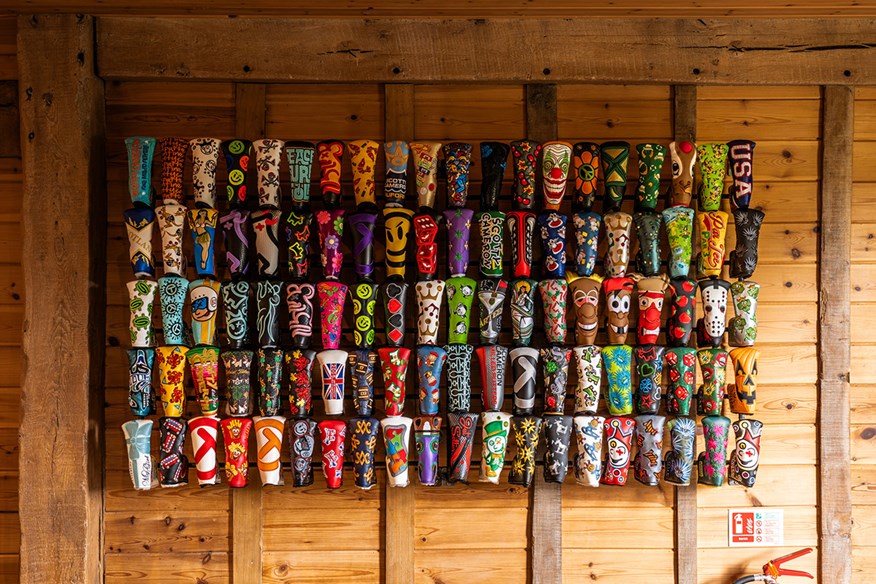
At the back of the studio is even more space, partly given over to a relaxed seating area, complete with Scotty headcover wall that I’d have happily spent the rest of the day exploring, and partly given over to a putter building workshop, fitted with a huge array of Cameron-branded equipment.
“Virtually everything you can see is built and created in-house over in the California HQ,” says Ben. “Precision is everything to us and to Scotty, so we maintain full control over the equipment that is used by the Cameron team, from the loft-lie machine to the calibration and measurement tools.
“It means that any player from anywhere in the world who uses a Scotty Cameron putter can be guaranteed that wherever they have their putter checked or adjusted, it’s all to the exact same standard.”
As someone who’s built putters themselves, I’m struggling to not start opening drawers filled with shafts and grips or playing with the instruments in front of me, but luckily, there’s a slowly growing excitement coming from the putting surface that brings my attention back to the task at hand.
As we turn back, there are, noticeably, six balls (all of which are custom-painted ProV1 and ProV1x, made specifically for use with the technology in The Barn) stacked inside the hole at the end of the 30-odd feet of green.
Alex’s switch to the Studio Style Squareback 2 LD has immediately paid off, and you can see it in his face. He’s wearing his confident smile, one you normally see on tee boxes instead of putting greens, and it’s amazing how quickly it’s happened.
We go back over to the monitors to see the detail of the changes, and it just proves exactly why Henry is trusted by the biggest names in professional golf.
As he explains, while we see the evidence on screen, the new neck choice is allowing the putter to open more as Alex takes it back and allowing for a more neutral face angle to the target, even if he does catch the heel.
On the heel strike, none of the strokes made with the new model are anywhere near as heinous as with our starting point, thanks to the additional weight in the head acting as a stabiliser to Alex’s movement that was keeping him on the same path through the back- and through-swings.
Should he still find anything of the heel, however, the increased forgiveness was keeping the ball straight and maintaining more speed, giving tighter distance control than Alex had before.
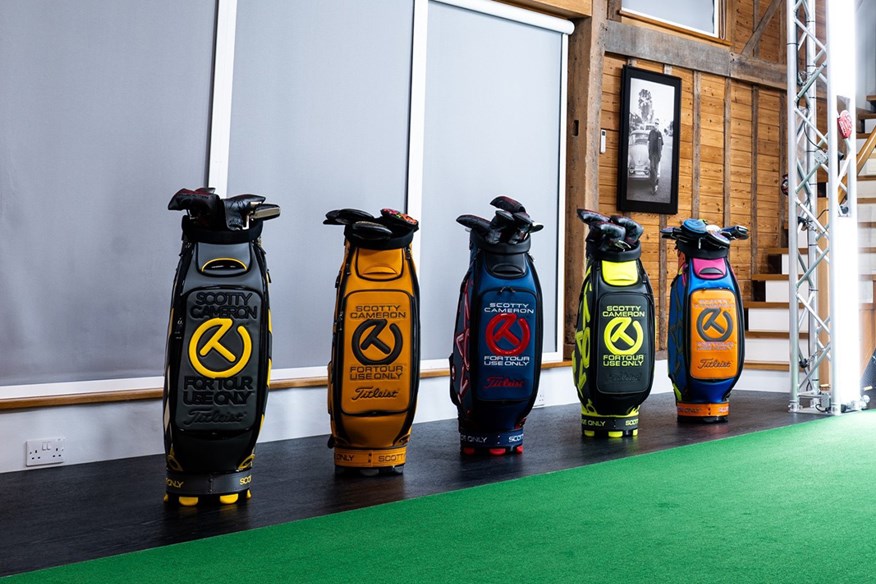
It’s remarkable how Henry’s single choice has been able to improve the TG guinea pig’s short game, from both a physical and mental standpoint.
The camera systems and technology back up Henry’s decision from the technical aspect, and the results on the surface are able to provide Alex with a comfort and trust that he can immediately take out onto the course.
Does that mean that every golfer immediately needs to go and try a different putter? Maybe. But also, maybe not.
“Everything we do is evidence-based. We don’t make changes in anyone’s game unless we can see that it’s making a difference, whether that’s with a new putter or with the drills that the player is practising with,” says Henry.
“We obviously go into incredible detail because of the level of golfer we look after, but our fitters and partners all receive training to make them effective at working with the retail customer, and I’d absolutely encourage anyone thinking of buying a new putter to do their research and spend some time with either their PGA pro or a Titleist Product Specialist, over just choosing what appeals to them on the shelf.”
The Takeaway
As we jumped back into the cart to take us back to the Woburn Golf Clubhouse, after thanking Henry for his time and skill, Alex and I had a chance to debrief ourselves over the experience.
The Barn itself is truly a remarkable place for those lucky enough to be invited through its doors. From the touches of Scotty Cameron history throughout the glorious conversion, to the detailed yet impressive technology subtly installed for the player’s benefit, it oozes coolness in that very smooth, Californian way so associated with the brand, while still telling you that this is a serious place for the dedicated golfer.
Beyond the building itself, though, Titleist seem more committed than ever to the idea that what they offer to the best players in the game can still find its way into the hands of the everyday club golfer through trickle-down education with their approved fitters, and, certainly, with the Studio Style release, their technology and product. And if our Equipment Editor is anything to go by, putting your putting game in the hands of a Titleist-Scotty Cameron expert may well be the best place to start. We certainly wouldn’t look past them…
-
 The headcover wall at Scotty Cameron's Barn is a nod to the company's history
The headcover wall at Scotty Cameron's Barn is a nod to the company's history
-
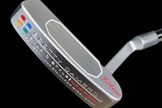 Scotty Cameron released the first Studio Style putters back in 2005
Scotty Cameron released the first Studio Style putters back in 2005
-
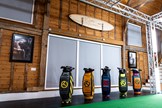 The Barn with Scotty Cameron is a putter aficionado's dream
The Barn with Scotty Cameron is a putter aficionado's dream
-
 The Scotty Cameron facility 'The Barn' is only identifiable by the Scotty Dog logo on the exterior
The Scotty Cameron facility 'The Barn' is only identifiable by the Scotty Dog logo on the exterior
-
 Tour Technician Henry Byrne is an expert in all things Scotty Cameron
Tour Technician Henry Byrne is an expert in all things Scotty Cameron
-
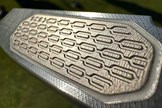 The SCS face with Chain-Link technology is built into every new Studio Style putter
The SCS face with Chain-Link technology is built into every new Studio Style putter
-
 The tour-exclusive Scotty Cameron circle-T bags
The tour-exclusive Scotty Cameron circle-T bags